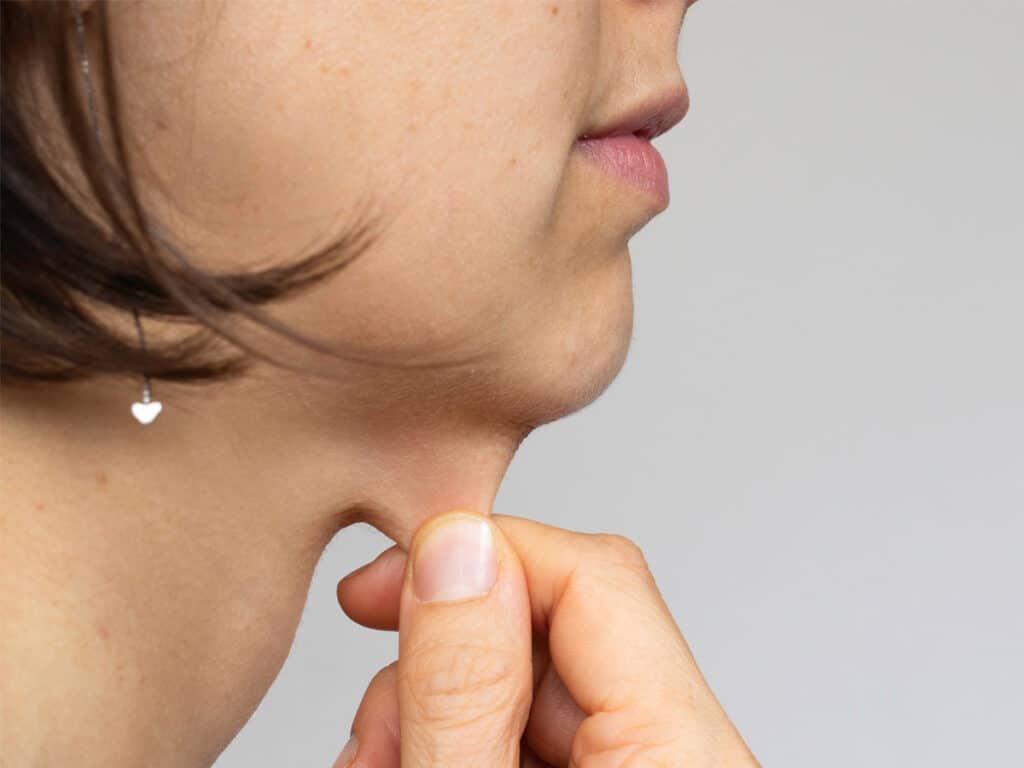Sagging neck skin, commonly referred to as “turkey neck,” is a prevalent issue that many men and women face as they age. This cosmetic concern can be attributed to fat distribution, skin elasticity, bone position, and muscle tightness. In this article, we will discuss the signs of sagging neck skin, its causes, and potential solutions, such as neck lift surgery Miami, to help restore a more youthful appearance.
Signs of Sagging Neck Skin
Sagging neck skin typically presents as loose, wrinkled, or crepey skin around the neck area. It may also be accompanied by deep neck lines, vertical band-like lines, or a double chin. These visible signs can make people appear older than their actual age and self-conscious about their appearance.
Causes of Sagging Neck Skin
For more severe cases of sagging neck skin, surgical procedures like neck lifts or liposuction may be necessary.
Understanding them can help individuals take preventive measures and seek appropriate treatments to address this cosmetic concern.Natural Aging Process
As we age, our skin loses its elasticity and firmness due to the natural decline in collagen and elastin production. These proteins are responsible for providing structure and support to the skin. The reduction in collagen and elastin, coupled with the effects of gravity, leads to sagging skin in various areas of the body, including the neck.
Sun Damage
Prolonged exposure to the sun’s harmful ultraviolet (UV) rays can cause significant damage to the skin, including the breakdown of collagen and elastin fibers. This damage contributes to the appearance of sagging neck skin. Additionally, sun damage can cause uneven skin tone and texture, exacerbating the visible signs of aging.
Weight Fluctuations
Significant weight gain or loss can cause the skin to stretch or contract, leading to a loss of elasticity in the neck area, causing the skin to sag. Maintaining a stable weight as part of a healthy lifestyle can help prevent the development of saggy neck skin.
Poor Diet and Dehydration
A diet lacking essential nutrients, vitamins, and minerals can negatively impact the skin’s health and appearance. In particular, inadequate hydration and a diet low in healthy fats, proteins, and antioxidants can contribute to a decline in collagen production and overall skin elasticity. To maintain healthy, firm skin, it is essential to consume a balanced diet rich in fruits, vegetables, lean proteins, and healthy fats, as well as drinking plenty of water to stay hydrated. This may include organic fruits and vegetables, lean proteins like chicken or tofu, and healthy fats such as avocados and nuts. Drinking about eight glasses of water daily may contribute to proper hydration unless specified by your doctor.
Smoking Tobacco
Smoking tobacco is known to have numerous adverse effects on the skin, including a reduction in collagen production and the breakdown of elastin fibers. This damage can lead to a loss of skin elasticity, resulting in sagging neck skin. Quitting smoking can help prevent further damage to the skin and improve its overall appearance.
Sleeping Sideways or on Your Belly
The way you sleep can also impact the appearance of your neck skin. Sleeping on your side or stomach can cause the skin on your neck to fold and crease, leading to the development of wrinkles and sagging over time. To minimize this, try sleeping on your back with a supportive pillow to maintain a neutral spine position and reduce pressure on the neck area.

Environmental Factors
Exposure to environmental factors such as pollution, harsh weather conditions, and dry indoor air can cause damage to the skin and contribute to the development of sagging neck skin. In addition, contact with certain chemicals found in cleaning products, detergents, and some personal care products can disrupt the skin’s natural protective barrier causing damage. Consider using natural care products and a humidifier in your home to maintain optimal indoor humidity levels and prevent dryness.
Certain Medical Conditions or Medications
Some medical conditions can contribute to sagging neck skin. For example, Cushing’s syndrome and some connective tissue disorders can affect skin elasticity and collagen production. Also, long-term use of certain medications, such as corticosteroids, can lead to weight gain around the neck. If you suspect that a medical condition or medication is contributing to your sagging neck skin, consult with a healthcare professional for proper diagnosis and treatment.
Not Taking Care of Your Skin Properly
Neglecting your skincare routine can lead to a loss of skin elasticity and firmness, resulting in sagging neck skin. It is important to establish and maintain a daily skincare regimen that includes cleansing, moisturizing, and applying sunscreen to protect your skin from harmful UV rays. Additionally, incorporating neck exercises into your routine can help by tightening the neck muscles.
Genetic Factors and Hormonal Imbalances
Genetics play a role in skin elasticity, collagen production, and the overall aging process. If your family members have a history of sagging neck skin, you may be more prone to developing this issue. Hormonal imbalances can also affect skin health, as estrogen is essential for collagen production and skin elasticity. Menopause and other hormonal changes can lead to loose neck skin.
How to Fix Sagging Neck Skin?
There are several options available to address sagging neck skin, ranging from non-invasive treatments to surgical procedures. Some non-surgical treatments include:
- Topical creams and serums containing ingredients like retinol, peptides, and antioxidants to boost collagen production and improve skin elasticity.
- Professional facials and chemical peels to exfoliate dead skin cells and stimulate collagen production.
- Ultrasound therapy, such as Ultherapy, uses ultrasound energy to stimulate collagen production and tighten the skin.
- Radiofrequency treatments, like Thermage, which heat the skin’s deeper layers to stimulate collagen production and improve skin firmness.
For more severe cases of sagging neck skin, surgical procedures like neck lifts or liposuction may be necessary. A Miami neck lift involves removing excess skin and tightening the underlying muscles to create a smoother, more youthful appearance. Liposuction can also be used to remove fat deposits and contour the neck area, further improving the appearance of sagging neck skin. Consult with a board-certified plastic surgeon to determine the best treatment plan for your specific needs.
What Should I Avoid Doing During Neck Lift Recovery?
Following these tips for faster neck lift recovery can help ensure a smooth healing process. Avoid heavy lifting or strenuous activities that can strain your neck. Refrain from smoking, as it can hinder proper blood circulation and delay healing. Additionally, maintaining a healthy diet, staying hydrated, and following your surgeon’s post-operative instructions diligently can expedite your neck lift recovery.
Talk with a Neck Lift Surgeon
Neck surgery is an effective and safe way to
Anthony Bared, M.D., F.A.C.S., a qualified, board-certified plastic surgeon can assess your individual needs, discuss your aesthetic goals, and recommend the most appropriate treatment plan for you.A skilled surgeon will also be able to provide you with realistic expectations for the procedure, recovery time, and potential risks and complications. Taking the time to find the right surgeon is crucial in achieving the best possible results in rejuvenating sagging neck skin.

